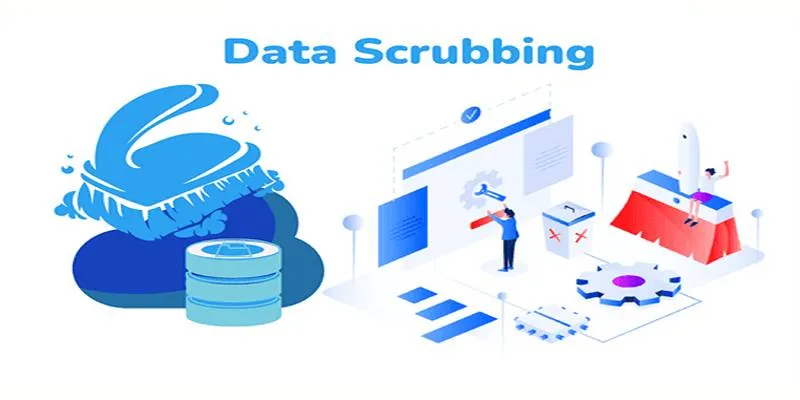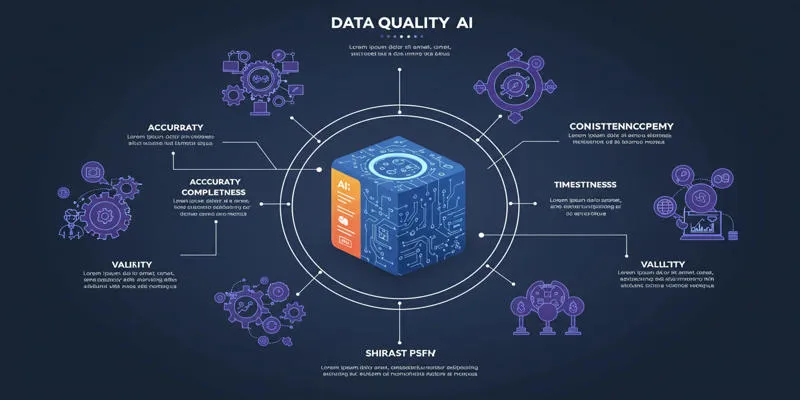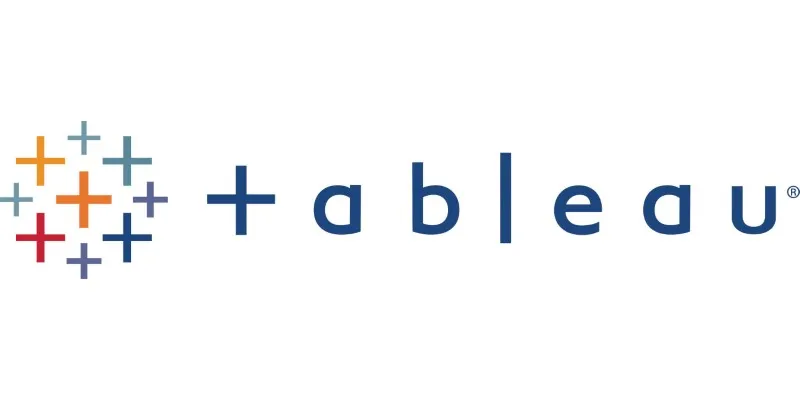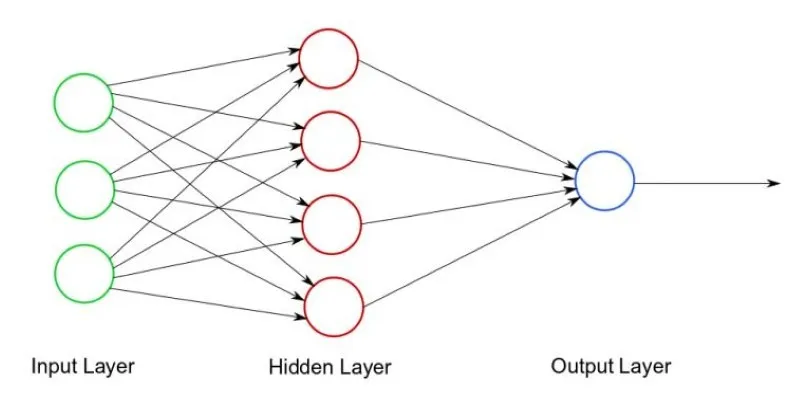Introduction
Cloud computing has revolutionized how businesses store and manage data. Among the myriad platforms available, Snowflake distinguishes itself with its simplicity and efficiency. Designed to eliminate common roadblocks, Snowflake enables teams to access and analyze data without unnecessary steps. Unlike traditional systems, it doesn’t require heavy hardware setups or constant upkeep.
Its cloud-native approach and practical features allow organizations to handle large and varied datasets while maintaining cost efficiency. This article discusses why many companies choose Snowflake to manage their modern data needs more effectively.
Advantages of Snowflake for Modern Businesses
Simplicity in Setup and Use
Setting up Snowflake is straightforward. Traditional databases often demand complex configurations, hardware, and lengthy deployment times. Snowflake bypasses these challenges by operating fully in the cloud. There’s no need for server management or storage equipment, and users can start querying data within hours. Its user-friendly interface is accessible to both analysts and engineers, reducing barriers and allowing teams to focus on analysis rather than maintenance.
Separation of Storage and Compute

Snowflake’s architecture separates storage from compute, unlike older systems where the two are intertwined. In traditional setups, increasing compute often meant paying for unnecessary extra storage. With Snowflake, you can scale each independently. This flexibility is cost-effective and allows handling of unpredictable workloads, such as seasonal traffic or sudden spikes, without overcommitting to infrastructure.
Pay Only for What You Use
Snowflake’s cost model is based on actual usage, making it cost-efficient. Unlike legacy databases that lock businesses into expensive setups regardless of usage, Snowflake charges for compute only while queries are running, and storage is billed based on actual usage. This approach helps predict costs and avoid overpayment, particularly for organizations with uneven workloads.
Handling Large and Diverse Data Sets
Today’s data comes in various formats, from structured tables to semi-structured files like JSON or Parquet. Snowflake handles this variety seamlessly, allowing teams to load different types directly and run queries using standard SQL. This capability simplifies workflows and enhances the utilization of available information.
Performance at Scale
Snowflake delivers robust performance even as data and user demands grow. Its multi-cluster design automatically adds resources as needed. For instance, if many users run queries simultaneously, Snowflake can initiate more compute clusters to maintain response times. This ability to scale up and down without manual intervention ensures consistent performance, even during peak periods.
Data Sharing Without Friction
Data sharing in Snowflake is simple and efficient. Traditional setups involve making copies and exporting files, which can cause delays and errors. Snowflake allows secure sharing directly within the platform, enabling access to specific datasets without creating duplicates. This fosters better collaboration while maintaining data consistency.
Built-In Security and Compliance

Snowflake offers robust security features, encrypting data both at rest and in transit. It provides access control and built-in auditing to monitor data usage. Snowflake complies with common regulatory standards, helping organizations maintain compliance without additional tools.
Supporting Modern Data Practices
Snowflake supports contemporary data practices such as machine learning and advanced analytics. Its ability to handle semi-structured data alongside traditional formats, combined with on-demand compute scaling, makes it a strong foundation for these tasks. Data scientists can access and prepare data directly within the platform, reducing delays and accelerating the transition from exploration to actionable insights.
Compatibility With Popular Tools
Snowflake integrates with popular analytics and business intelligence tools like Tableau, Looker, and Power BI. This compatibility allows teams to continue using familiar tools while benefiting from Snowflake’s speed and scalability, fitting seamlessly into existing workflows without disrupting established processes.
Future-Proofing Data Infrastructure
Choosing Snowflake prepares organizations for future growth. Its cloud-based nature means no hardware replacement as technology evolves. With flexible pricing and scalable infrastructure, Snowflake can grow with your business without requiring significant overhauls, making it a reliable long-term choice.
Conclusion
Snowflake provides a clear and practical solution for managing modern data. Its ease of setup, flexible scaling, and cost-effective design make it appealing for businesses aiming to optimize their data use. By simplifying collaboration, supporting multiple data formats, and ensuring reliable performance at scale, Snowflake addresses many challenges of traditional data platforms. For organizations seeking a dependable and adaptable way to store, process, and analyze data, Snowflake offers a compelling option.
 zfn9
zfn9






















